Growth in Agricultural Machinery
The agricultural sector in South Korea is increasingly relying on diesel engines for various machinery, including tractors and harvesters. This reliance is driven by the need for efficient and powerful engines that can handle the demands of modern farming practices. The diesel engines market is projected to benefit from this trend, as agricultural machinery accounts for a significant portion of diesel engine applications. With the government's support for agricultural modernization and sustainability, there is a growing emphasis on equipping farms with advanced diesel-powered equipment. This growth in agricultural machinery is likely to stimulate demand for diesel engines, thereby contributing to the overall expansion of the market.
Rising Demand in Transportation Sector
The transportation sector in South Korea is a significant driver for the diesel engines market, as diesel engines are widely utilized in commercial vehicles, including trucks and buses. The increasing demand for logistics and freight services has led to a surge in the need for reliable and efficient diesel engines. According to recent data, the commercial vehicle segment accounts for approximately 60% of the total diesel engines market share in South Korea. This trend is expected to continue, driven by urbanization and the expansion of e-commerce, which necessitates efficient transportation solutions. Consequently, manufacturers are likely to focus on enhancing the performance and efficiency of diesel engines to cater to this growing demand.
Investment in Infrastructure Development
Investment in infrastructure development is a key driver for the diesel engines market in South Korea. The government has prioritized infrastructure projects, including road construction, public transportation systems, and energy facilities, which require robust diesel engines for construction and operation. This focus on infrastructure is expected to create substantial demand for diesel engines, particularly in heavy-duty applications. Recent reports indicate that infrastructure spending is projected to increase by approximately 10% over the next few years, further bolstering the diesel engines market. As these projects progress, manufacturers are likely to see a rise in orders for diesel engines, reinforcing the market's growth trajectory.
Regulatory Support for Emission Standards
The diesel engines market in South Korea is experiencing a notable influence from stringent regulatory frameworks aimed at reducing emissions. The government has implemented various policies that promote cleaner technologies, which, in turn, drives innovation within the diesel engines market. For instance, the introduction of the Euro 6 emission standards has compelled manufacturers to enhance their engine designs, leading to improved fuel efficiency and reduced pollutants. This regulatory support not only encourages compliance but also fosters competition among manufacturers to develop advanced diesel engines that meet these standards. As a result, the market is likely to see a shift towards more environmentally friendly options, which could potentially increase market share for compliant products.
Technological Advancements in Engine Design
Technological advancements play a crucial role in shaping the diesel engines market in South Korea. Innovations such as turbocharging, direct fuel injection, and advanced fuel management systems are enhancing the performance and efficiency of diesel engines. These developments not only improve fuel economy but also reduce emissions, aligning with the regulatory trends in the country. The market is witnessing a shift towards engines that incorporate smart technologies, which can optimize performance based on real-time data. This focus on innovation is likely to attract investments and partnerships among manufacturers, further propelling the growth of the diesel engines market. As a result, the competitive landscape is expected to evolve, with companies striving to offer cutting-edge solutions.


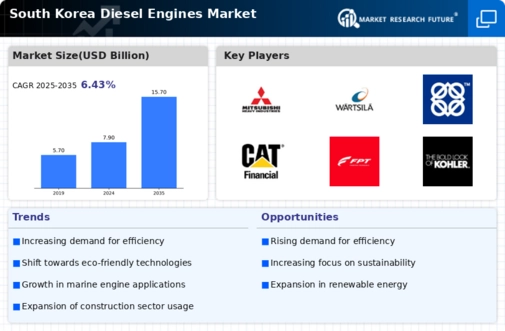
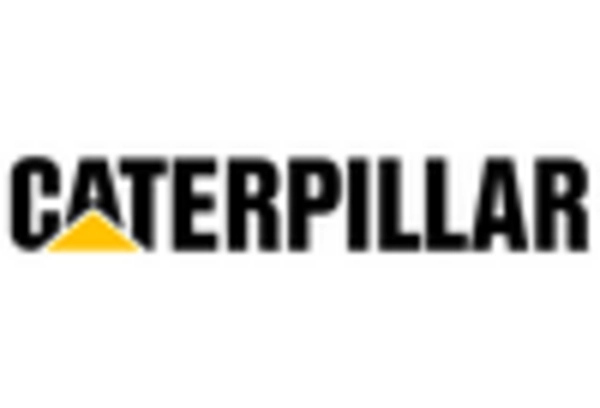

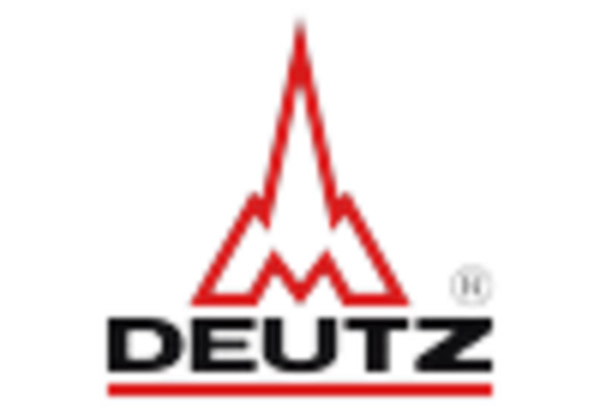
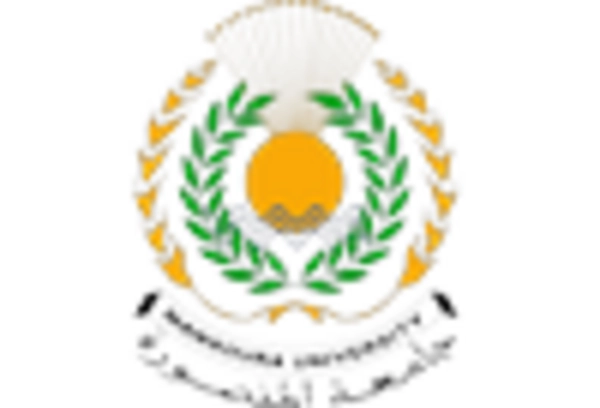
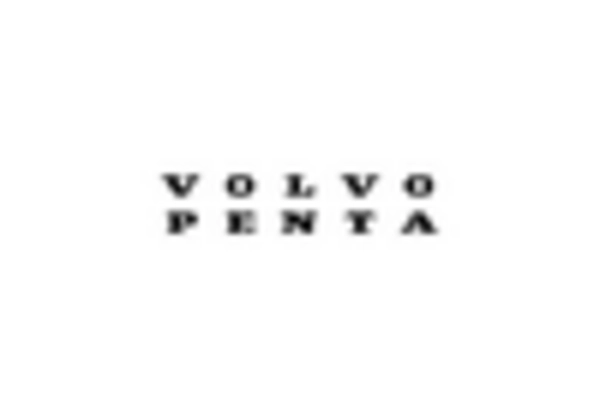
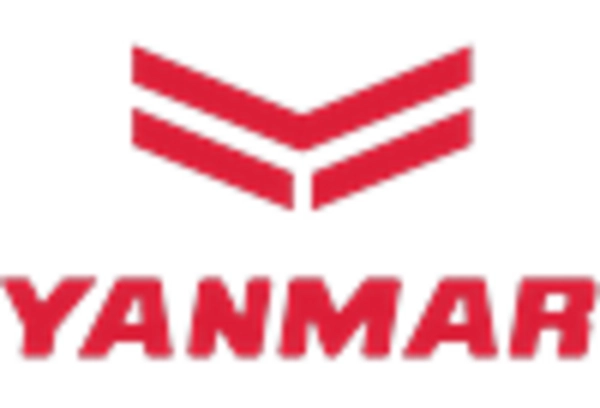








Leave a Comment